DJI Dock 3 vs DJI Dock 2 - docking station comparison
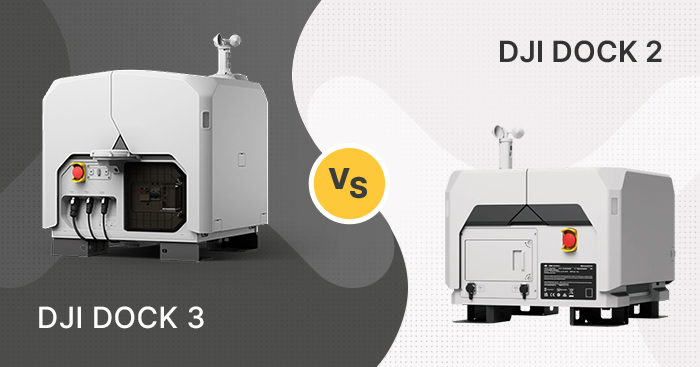
The market for automated drone solutions is growing at a dizzying pace, and DJI is once again raising the bar with the launch of its DJI Dock 3. This new docking system is a significant step up from the previous version - DJI Dock 2 - offering better weather resistance, longer flight time for drones and more advanced features. Let's take a closer look at the most important differences and improvements of the new model.
DJI Dock 3 weatherproofing
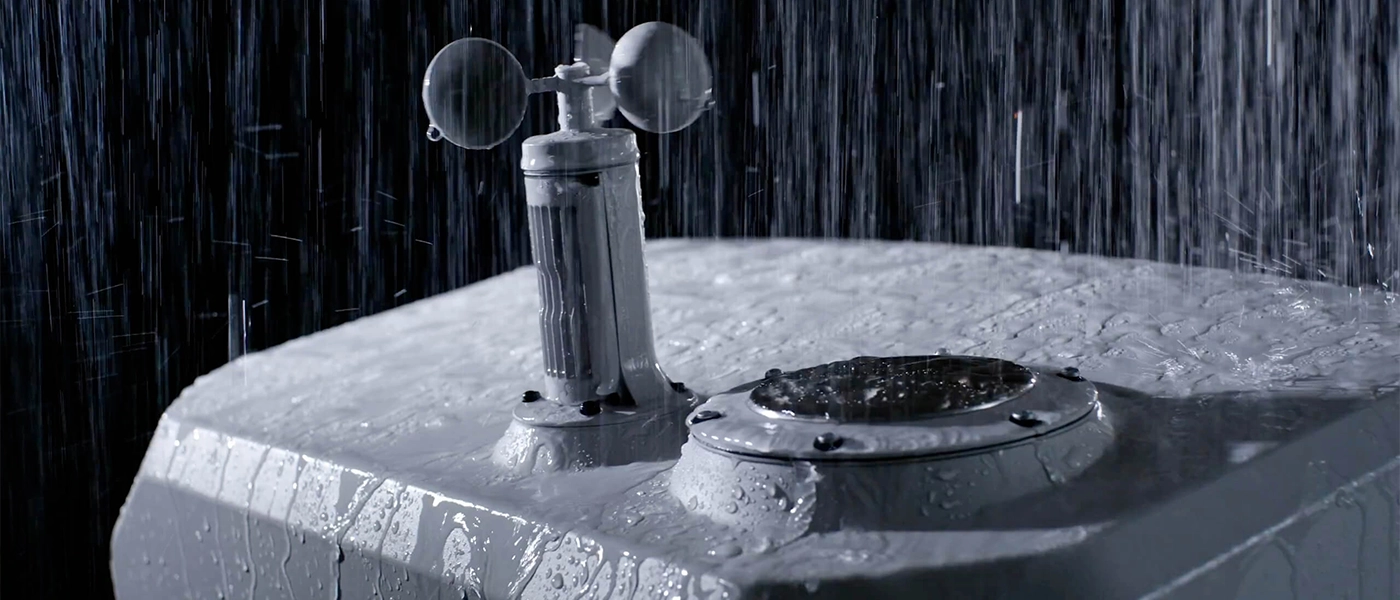
Drones designed for automated missions must cope with harsh conditions. DJI The Dock 2 offered a rugged design with an IP55 rating, but DJI Dock 3 takes it a step further, raising the resistance to IP56. This means that the device can be used in all weather conditions and protects against dust and blue water spray. The new version also provides additional safety features, such as anti-icing system for propellers for winter breakdowns and a more powerful air conditioning system during high temperatures. What's more, the Dock 3 lid can open even with a 10mm layer of ice, and the system itself operates at temperatures from -30°C to 50°C.
Another significant improvement is greater wind resistance. DJI Dock 3 allows the drone to take off and land at wind speeds up to 12 m/s, which is far superior to Dock 2, which limited these parameters to 8 m/sec.
Mobility DJI Dock 3 and vehicle mounting
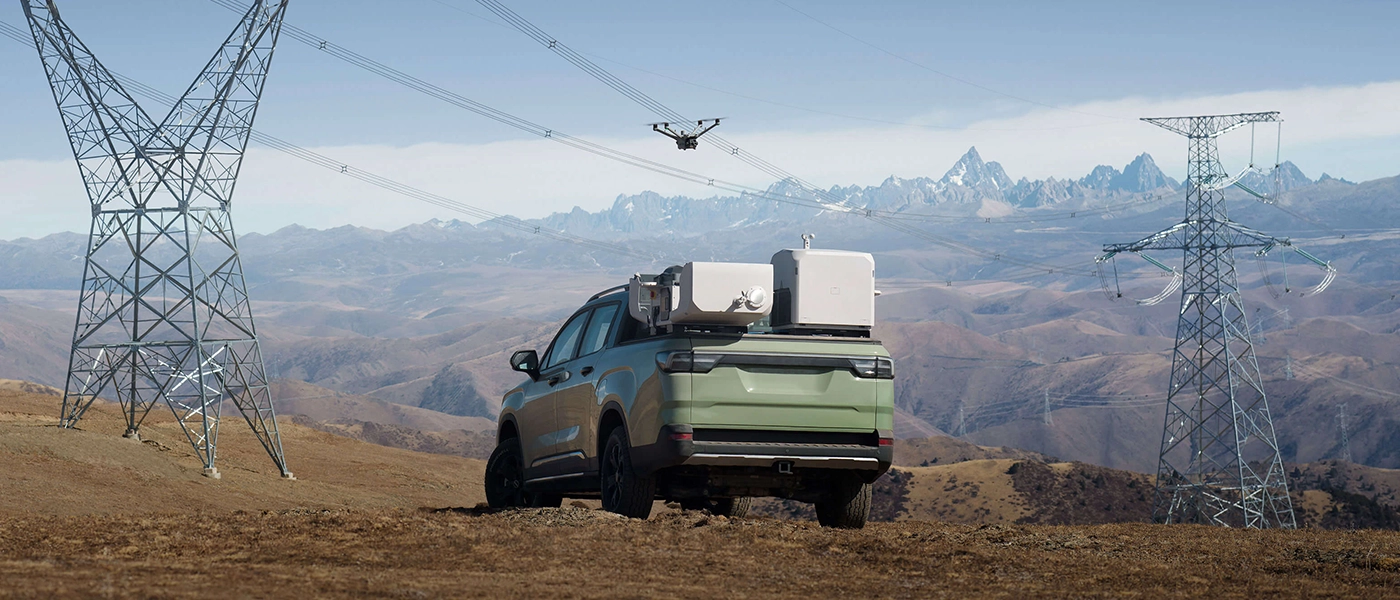
One of the biggest novelties of DJI Dock 3 is the the possibility of mounting on the vehicle. It is the first docking system in the DJI portfolio optimized for mobile applications. Thanks to the built-in anti-vibration systems and a special mounting bracket (available separately), the Dock 3 can be safely transported and quickly deployed in the field. It is also possible to simultaneous use of two Docks on one vehicle, allowing for rotating drone operations.
In addition, thanks to DJI FlightHub 2,Dock 3 supports remote RTK calibration and tilt angle detection, preventing the drone from taking off if the surface is inclined more than 5°.
New drones on dock DJI Dock
DJI Dock 3 works with a new series of drones - DJI Matrice 4D and DJI Matrice 4TD - which offer a number of improvements over the Matrice 3D and Matrice 3TD models supported by Dock 2. The most important changes are:
- Longer flight time: 54 minutes vs 50 minutes
- Higher protection class: IP55 vs IP54
- Shorter charging time: 27 minutes vs 32 minutes
- Improved telephoto camera quality (4x more pixels and 2x more zoom)
- Additional medium-telephoto camera for smoother zooming
- Built-in laser rangefinder with a range of 1800 m
- Auxiliary lighting with a range of 100 m on the M4TD model
These improvements make the new drones better suited for precision surveying missions, infrastructure inspection or public safety operations.
Greater operational capabilities of the Dock
DJI Dock 3 also supports a number of new accessories that enhance its functionality. The most important of these are:
- D-RTK 3 Relay Fixed Deployment - enables precise signal transmission RTK even in difficult terrain.
- Omnidirectional Obstacle Sensing Module - advanced liDAR system for detecting obstacles in all directions.
- Spotlight DJI AL1 and loudspeaker DJI AS1 - to increase visibility and communication in the field.
Comparison of DJI Dock 3 vs DJI Dock 2
Below is a table with the parameters of DJI Dock 3 and DJI Dock 2:
| Docking station | DJI Dock 3 | DJI Dock 2 |
| Photo | 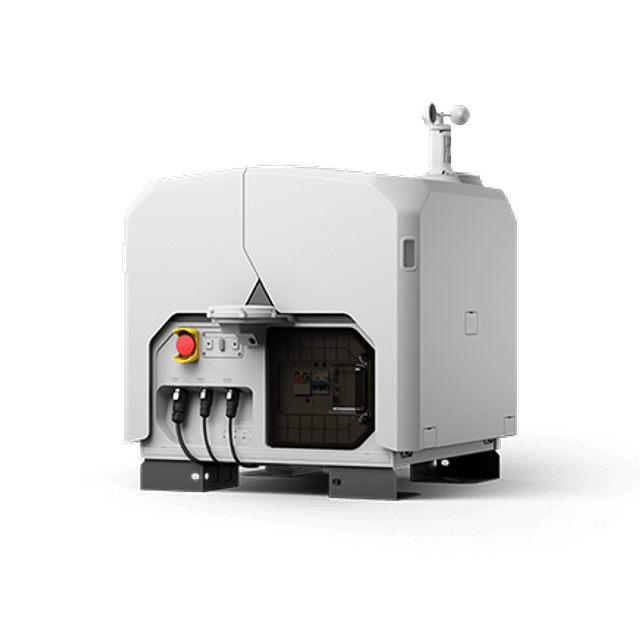 | 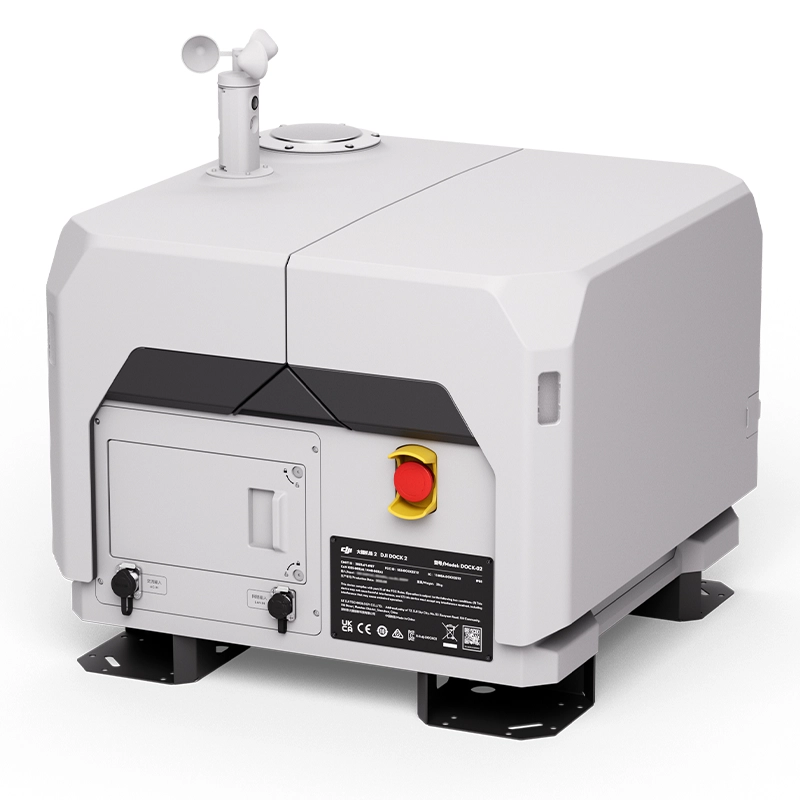 |
| Weight (without the drone) | 55 kg | 34 kg |
| Dimensions | Open: 1760×745×485 mm Closed: 640×745×770 mm | Open: 1228x583x412 mm Closed: 570x583x465 mm |
| Operating temperature | from -30° to 50° C | from -25° to 45° C |
| Degree of protection | IP56 | IP55 |
| Maximum operating height | 4500 m | 4000 m |
| Maks. reach | 12 km | 8 km |
| Maks. flight time | 54 min | 50 min |
| Video transmission system | DJI O4+ Enterprise | DJI O3 Enterprise |
| Input power | Max. 800 W | Max. 1000 W |
| Charging time | 27 min (15%-95%) | 32 min (10%-90%) |
| Laser rangefinder | 1800 m range | no |
Summary
DJI Dock 2 was a solid solution, but Dock 3 is a real step forward. It offers not only greater weather resistance and improved flight performance, but also flexibility with its ability to mount on vehicles. DJI Dock 3 is currently the best, unrivaled solution for autonomous drone operations.

